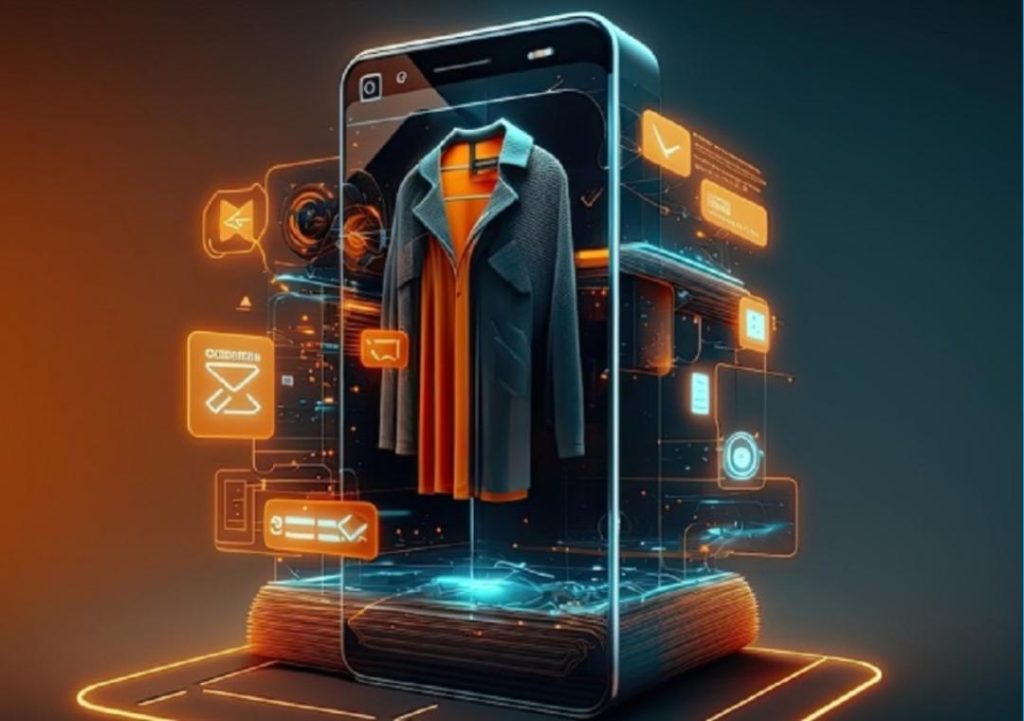
How AI, AR & Automation are Redefining Online Shopping in 2025
In the past decade, the online shopping landscape has undergone a significant transformation. The rise of e-commerce has led to a surge in consumer demand for seamless, personalized, and immersive shopping experiences. In 2025, AI, AR, and automation are set to revolutionize the online shopping experience, making it faster, more efficient, and enjoyable.
AI-Powered Personalization
One of the key areas where AI is making a significant impact is in personalization. AI chatbots are becoming increasingly sophisticated, allowing customers to interact with brands in a more conversational and intuitive manner. These chatbots use machine learning algorithms to understand customer preferences and behaviors, providing them with tailored recommendations and offers.
For instance, AI-powered chatbots can suggest products based on a customer’s search history, browsing behavior, and purchase history. This level of personalization not only enhances the shopping experience but also increases customer loyalty and conversion rates.
Smart Recommendations
Another area where AI is having a significant impact is in product recommendations. AI-powered algorithms can analyze vast amounts of data to identify patterns and trends, providing customers with relevant product recommendations.
For example, AI-powered recommendation engines can suggest products that are similar to those a customer has previously purchased or abandoned in their cart. These recommendations can be displayed in various formats, including email campaigns, push notifications, and even social media ads.
Voice Commerce
The rise of voice assistants like Alexa, Google Assistant, and Siri has also transformed the online shopping experience. Voice commerce, also known as voice-activated commerce, allows customers to make purchases using voice commands.
For instance, customers can use voice assistants to search for products, track orders, and even make purchases. This hands-free experience is particularly convenient for customers who are on-the-go or have mobility issues.
AR Virtual Try-Ons
Augmented Reality (AR) is another technology that is revolutionizing the online shopping experience. AR virtual try-ons allow customers to see how products would look on them without having to physically try them on.
For instance, customers can use AR to try on makeup, glasses, or even clothing. This immersive experience enhances the shopping experience, providing customers with a more realistic understanding of how a product would look on them.
Automated Logistics
Automation is also transforming the online shopping experience, particularly in the areas of logistics and delivery. Automated sorting systems, robotic warehouses, and autonomous delivery vehicles are streamlining supply chains and delivery processes.
For instance, automated warehouses can process orders more efficiently, reducing the risk of errors and delays. Autonomous delivery vehicles can navigate through congested streets, reducing delivery times and increasing customer satisfaction.
Streamlining Supply Chains
Automation is also transforming supply chains, making them more efficient and agile. Automated inventory management systems can track stock levels in real-time, ensuring that products are always in stock.
For instance, automated inventory management systems can automatically reorder products when stock levels fall below a certain threshold. This reduces the risk of stockouts and overstocking, improving customer satisfaction and reducing costs.
Faster, More Efficient, and Immersive Experience
The combination of AI, AR, and automation is set to revolutionize the online shopping experience in 2025. These technologies are making shopping faster, more efficient, and immersive, providing customers with a seamless and enjoyable experience.
In conclusion, the future of online shopping is bright, with AI, AR, and automation set to transform the industry in the coming years. As consumers, we can expect a more personalized, immersive, and convenient shopping experience, with brands that adapt to these technologies set to gain a competitive edge in the market.
Source:
https://www.growthjockey.com/blogs/e-commerce-tech-trends-online-shopping






